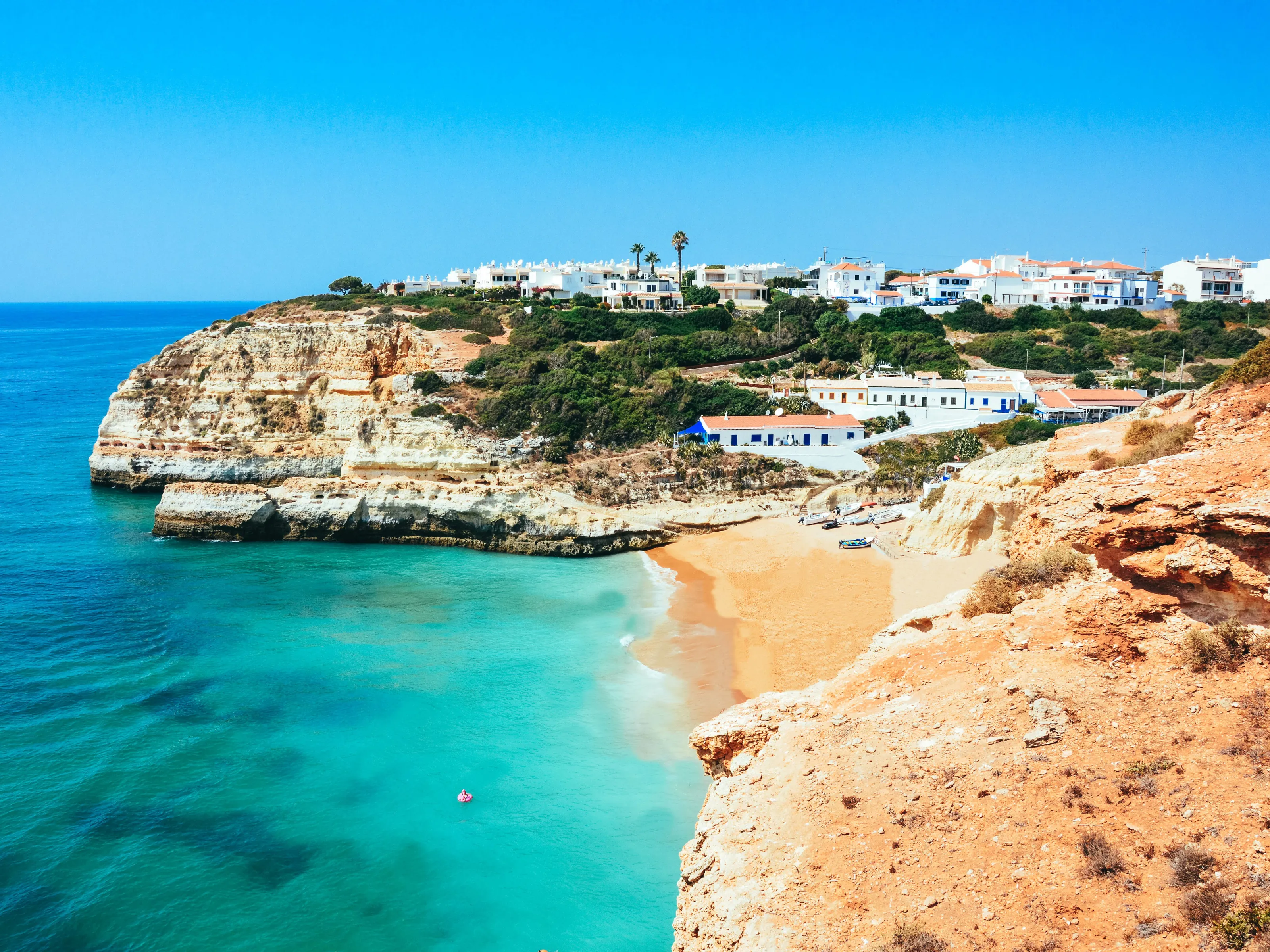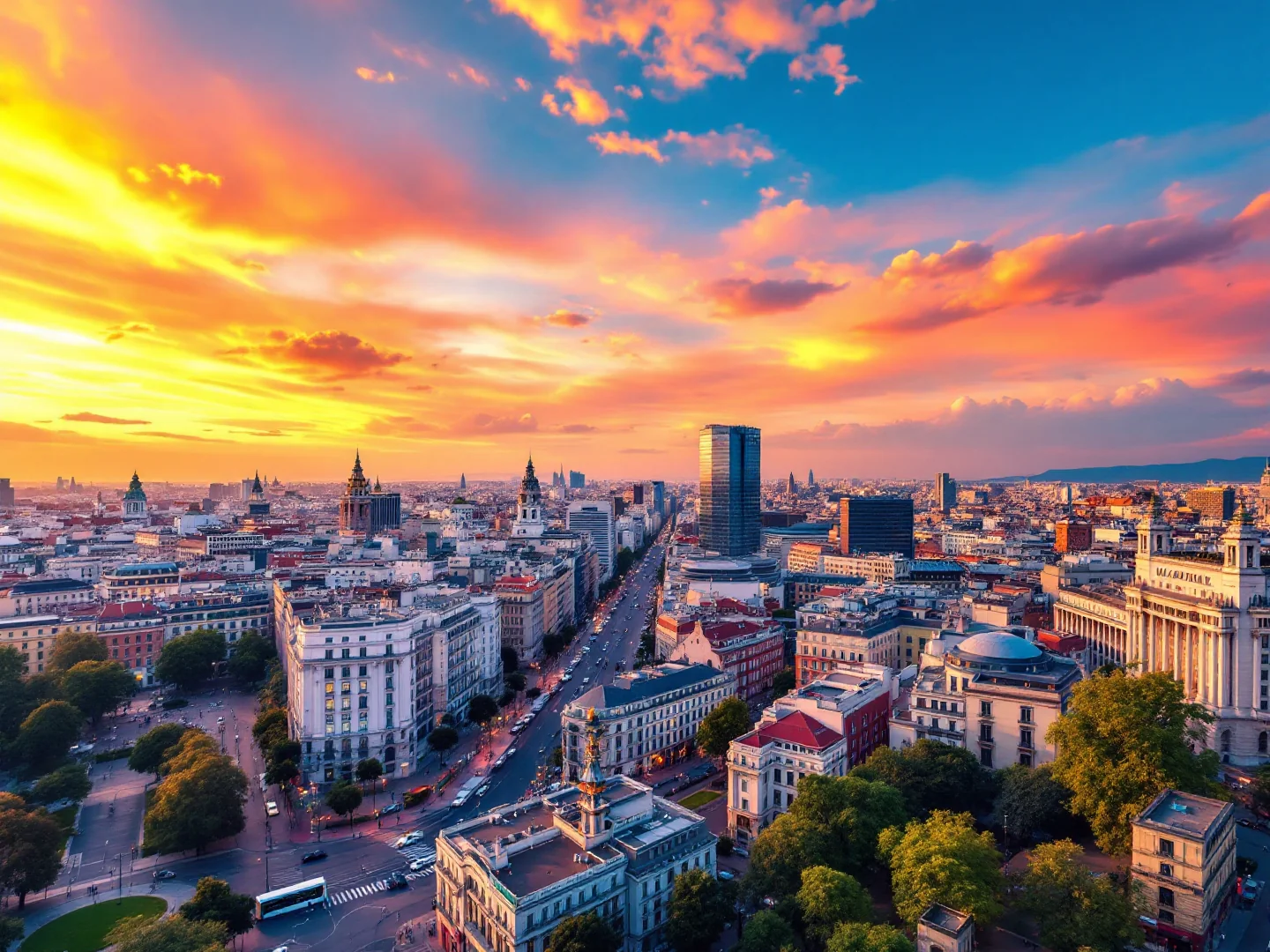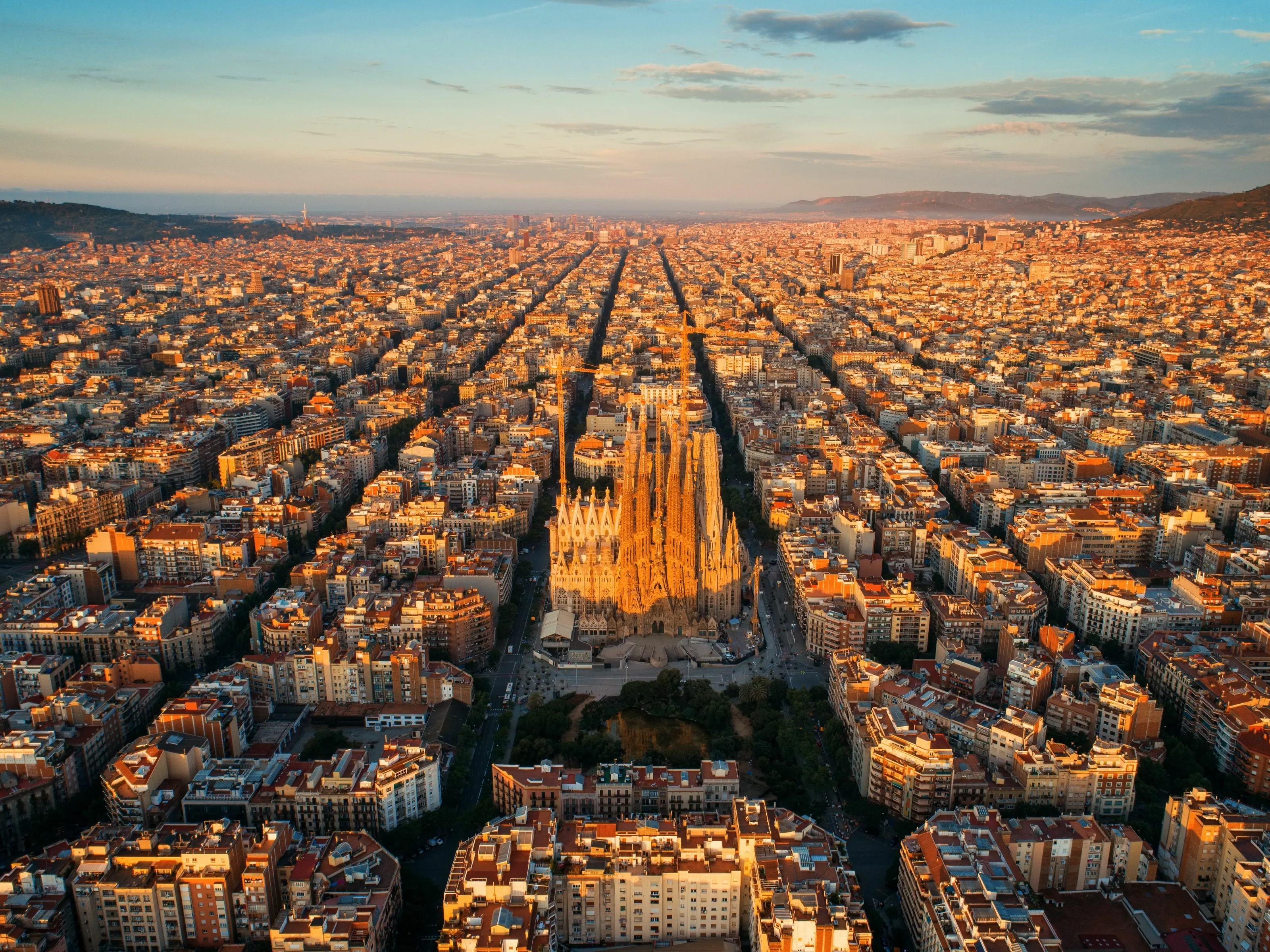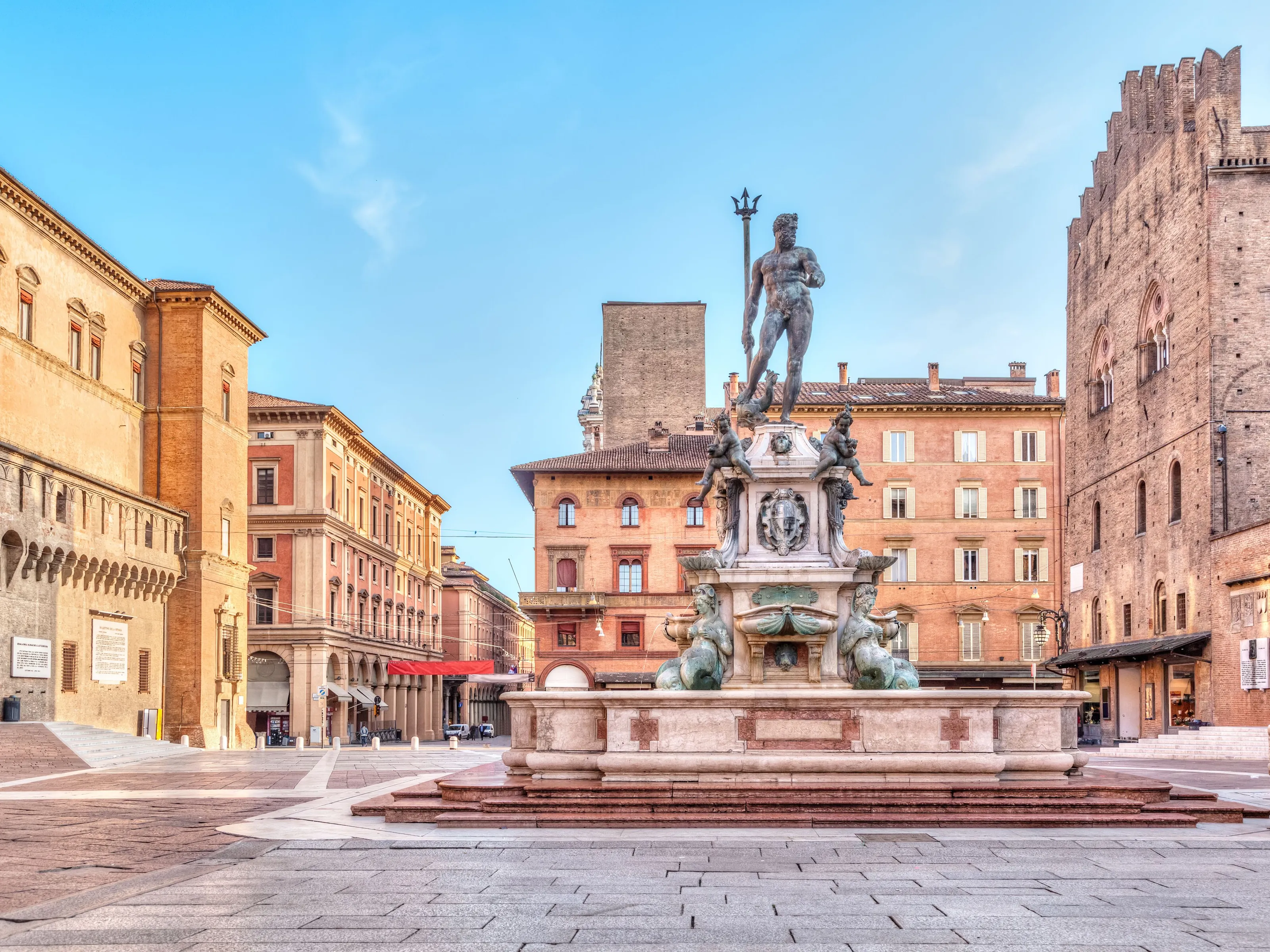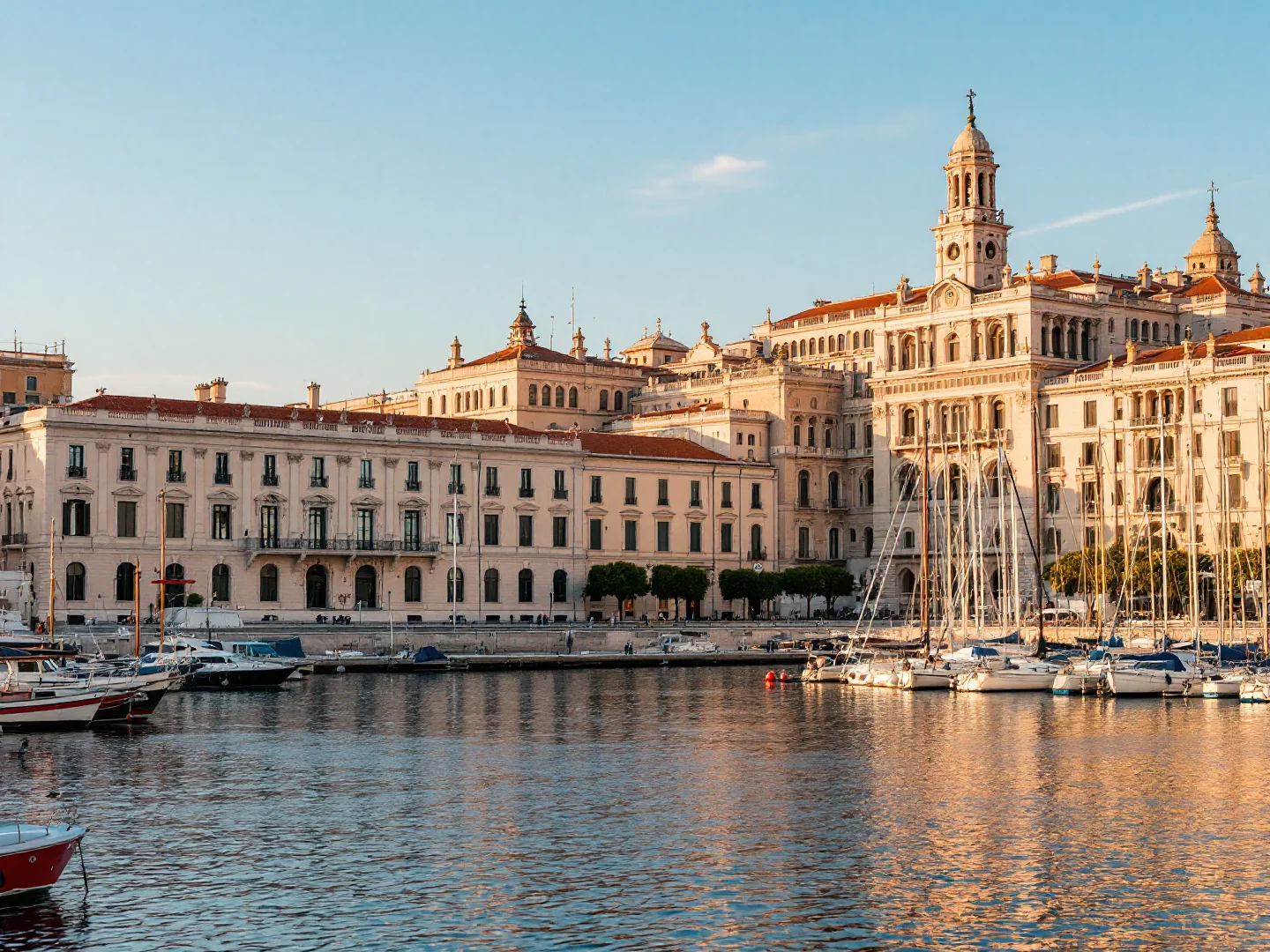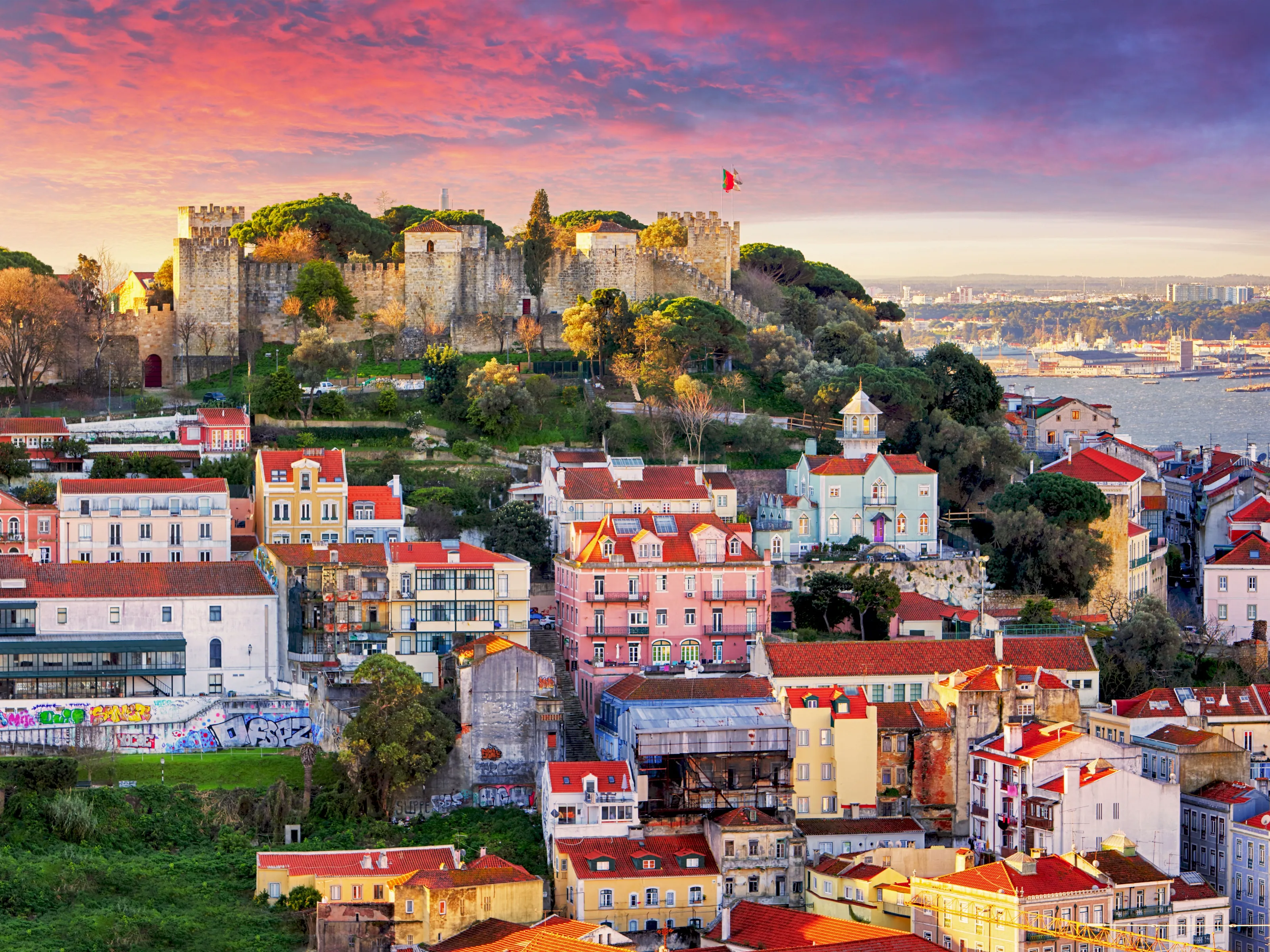Why Visit Málaga?
Málaga delights as the Costa del Sol's revitalized capital where Picasso's birthplace museum showcases the master's early works, Moorish Alcazaba fortress crowns hilltops, and 300 days of annual sunshine warm Mediterranean beaches year-round. This Andalusian port city (pop. 580,000) transformed from package-tourism afterthought to cultural destination—pedestrianized center, 40+ museums, street art, and rooftop bars prove Málaga earned respect beyond cheap beach breaks.
The Alcazaba fortress ($4 or $6 combined with Gibralfaro Castle; free Sunday afternoons for many visitors) climbs hillsides with Nasrid palace remains and city panoramas, while Picasso Museum ($13) occupies 16th-century palace displaying 200+ works. Cathedral ($9) earns 'La Manquita' (one-armed) nickname for its unfinished second tower. Yet Málaga's soul flows from neighborhoods: Soho's street art quarter showcases massive murals, historic center's pedestrian streets (Larios) mix shopping with tapas bars, and Pedregalejo beach neighborhood serves espetos (grilled sardines) at traditional chiringuitos.
Museums rival Madrid—Thyssen Museum, Pompidou Centre outpost, Carmen Thyssen, Russian Museum—earning 'City of Museums' title. The food scene celebrates Andalusian flavors: fried fish (pescaíto frito), gazpacho, sweet Málaga wine, and breakfast churros with chocolate at Casa Aranda since 1932. Day trips reach white villages (Ronda's bridge 1.5hr, Frigiliana 1hr), Caminito del Rey gorge walkway (1hr), and Granada's Alhambra (1.5hr).
Visit March-June or September-November for 18-28°C weather avoiding peak summer heat (July-August 30-38°C). With affordable prices ($76–$119/day), city beaches, English widely spoken in tourist areas, and Andalusian warmth, Málaga delivers Spanish coastal culture with unexpected urban sophistication.
What to Do
Moorish Heritage & History
Alcazaba Fortress
Beautifully preserved 11th-century Moorish palace-fortress climbing the hillside with Nasrid arches, courtyards, and fountains. Entry $4 ($6 combined with Gibralfaro Castle; free Sunday afternoons for many visitors). Allow 1-1.5 hours to explore terraced gardens and palace rooms while enjoying city views. Audioguide $3 (recommended for history). Go early (9:30am opening) or late afternoon to avoid midday heat and tour groups. Roman theater ruins sit at the base (free to view). The shaded gardens with orange trees and water features offer respite from Málaga's sun.
Gibralfaro Castle
Crowning the hill above Alcazaba, this 14th-century fortress offers the best panoramic views over Málaga—the port, bullring, mountains, and if clear, North Africa across the strait. Entry $4 or $6 combined with Alcazaba. It's a steep 20-minute walk uphill from Alcazaba (only for fit visitors) or take bus 35 from city center. The castle itself is mostly ramparts to walk, but the sunset views are spectacular. The adjacent parador hotel has a restaurant with terrace—expensive but the vista justifies a drink at sunset ($9–$13 cocktails). Visit late afternoon (5-7pm) for golden hour light.
Picasso's Málaga
Museo Picasso Málaga
Comprehensive collection of 200+ works by Málaga's most famous son (born 1881 in nearby Plaza de la Merced). Entry $13 permanent collection, $16 with temporary exhibits. Housed in a beautifully renovated 16th-century palace blending Mudéjar and Renaissance styles. The collection spans Picasso's entire career from academic early works through Cubist masterpieces to late ceramics. Allow 1.5-2 hours. Audioguide included. Less crowded than Barcelona's Picasso Museum. Open daily except January 1, May 1, December 25. Buy tickets online to skip queues. The museum cafe-restaurant has a lovely courtyard.
Picasso's Birthplace & Foundation
Plaza de la Merced 15—the apartment where Picasso was born is now a small museum ($3) with family mementos, early sketches, and period furnishings. It's modest and quickly seen (30 min) but pilgrimage-worthy for fans. The plaza outside has bronze Picasso statue on a bench where tourists snap selfies, plus outdoor cafés perfect for morning coffee watching local life. Nearby streets have ceramic murals with Picasso motifs. The Foundation also manages rotating exhibitions of contemporary art inspired by Picasso.
Modern Málaga & Waterfront
Muelle Uno Waterfront & Centre Pompidou
Transformed port area with palm-lined promenade, restaurants, shops, and the colorful cube of Centre Pompidou Málaga ($10)—the first Pompidou outpost outside France showcasing 20th-21st century art. The $10 includes temporary exhibits; permanent collection rotates from Paris. Allow 1-1.5 hours. Outside, El Cubo's glass installation shimmers in sunlight—great photo spot. The Muelle Uno promenade stretches to Malagueta Beach—a 20-minute stroll past giant ferris wheel ($6 ride), yacht marina, and seafood restaurants. Sunset walk here (7-9pm summer) is lovely with street performers and families. Free beach access.
Soho Arts District Street Art
Formerly run-down neighborhood transformed into outdoor art gallery with massive murals by international street artists. Free self-guided walking (30-45 min)—grab a street art map from tourist office or follow painted footprints. Key murals: D*Face's 'Amazons of Pop' (Calle Trinidad Grund), Obey's giant face (Calle Casas de Campos), and dozens more. The district also has indie galleries, vintage shops, and hip cafés. Best light for photos is morning (10-11am) or late afternoon (5-6pm). Combine with nearby Atarazanas Market for local flavor.
Cathedral (La Manquita) & Historic Center
Málaga's Renaissance cathedral (1528-1782) nicknamed 'La Manquita' (the one-armed lady) because its second tower was never finished—funds went to American Revolutionary War instead. Entry $9 includes rooftop tour (advance booking required, extra $3)—walking the exterior roof among flying buttresses with city views is unique. The interior is impressive but less ornate than Seville or Cordoba. Allow 1 hour. Adjacent pedestrian Calle Larios—Málaga's elegant shopping street—is perfect for paseo (evening stroll) when locals promenade 7-10pm.
Day Trips & Food
Ronda & Puente Nuevo
Dramatic white hill town 1.5 hours inland, split by 120m gorge spanned by the jaw-dropping Puente Nuevo (New Bridge, built 1793). Trains from Málaga ($16–$22 scenic route) or organized tours ($43–$65). Walk the bridge, peer into the chasm, visit bullring (birthplace of modern bullfighting, $8), and wander the old town. Ronda is touristy but deservedly so—the setting is spectacular. Allocate full day to include lunch at a terrace overlooking the gorge. Alternatively, visit Caminito del Rey—glass walkway along cliff gorge (about $11 entry; guided day trips from Málaga $43–$65 book weeks ahead, stunning but vertiginous).
Espetos & Tapas Culture
Málaga's signature dish is espeto—sardines skewered and grilled over olive wood fires at beach chiringuitos. Best spots are in Pedregalejo or El Palo neighborhoods east of center (20 min walk or bus 11). Order at the bar, eat standing with cold beer, very local vibe, $6–$9 per skewer of six sardines. For tapas, explore El Pimpi (historic bodega, touristy but atmospheric), or locals' picks: Uvedoble Taberna (creative tapas, Plaza de la Merced area), La Tranca (traditional, no-frills), or Gorki (modern). Lunch special: almuerzo—$9–$13 set menu with wine. Fridays release fish from market.
Gallery
Travel Information
Getting There
- Airports: AGP
Best Time to Visit
April, May, June, September, October
Climate: Warm
Weather by Month
| Month | High | Low | Rainy days | Condition |
|---|---|---|---|---|
| January | 16°C | 9°C | 7 | Good |
| February | 19°C | 11°C | 1 | Good |
| March | 19°C | 12°C | 12 | Good |
| April | 19°C | 13°C | 12 | Excellent (best) |
| May | 23°C | 16°C | 4 | Excellent (best) |
| June | 26°C | 19°C | 0 | Excellent (best) |
| July | 29°C | 22°C | 0 | Good |
| August | 31°C | 23°C | 1 | Good |
| September | 27°C | 20°C | 2 | Excellent (best) |
| October | 22°C | 15°C | 3 | Excellent (best) |
| November | 20°C | 14°C | 10 | Good |
| December | 17°C | 11°C | 3 | Good |
Weather data: Open-Meteo Archive (2020-2024) • Open-Meteo.com (CC BY 4.0) • Historical avg. 2020–2024
Budget
Excludes flights
Visa Requirements
Schengen Area
💡 🌍 Traveler Tip (November 2025): Best time to visit: April, May, June, September, October.
Practical Information
Getting There
Málaga-Costa del Sol Airport (AGP) is 8km southwest. Train to center costs $2 (12 min). Buses $3 (20 min). Taxis $22–$27 Trains connect Madrid (2.5hr AVE, $32+), Barcelona (5.5hr, $43+), Granada (1.5hr, $27+), Seville (2hr). Málaga María Zambrano is main station—15 min walk to center.
Getting Around
Málaga center is compact and walkable—Alcazaba to beach 30 min. Buses cover wider areas ($2 single, $9 day ticket). Metro connects university and suburbs. Bikes available but hills challenging. Most attractions within walking distance. Skip rental cars in city—parking difficult. Use cars for day trips to white villages.
Money & Payments
Euro (EUR). Cards widely accepted. ATMs plentiful. Beach chiringuitos sometimes cash-only. Tipping: not required but rounding up or 5-10% appreciated. Tapas culture: pay per item or get bill at end. Prices moderate—cheaper than Barcelona.
Language
Spanish (Castilian) is official. English spoken in tourist areas, hotels, and by younger people. Less English than Barcelona in local areas. Andalusian accent drops letters (s becomes h sound). Learning basic Spanish helpful. Menus often have English. Older generation less likely to speak English.
Cultural Tips
Siesta culture: shops close 2-5pm, reopen until 8-9pm. Meal times: lunch 2-4pm, dinner 9-11pm (restaurants empty at 7pm). Tapas: order small plates, bar hopping common. Beach culture: chiringuitos serve espetos sardines grilled over wood fires. Semana Santa: Easter week processions, hotels book out. Picasso heritage: born here 1881, museum has childhood works. Malagueño wine: sweet dessert wine, try at bodegas. Sunday: shops closed, restaurants open. Dress casual but neat. Costa del Sol: package tourism nearby, Málaga more authentic. August: locals vacation, some restaurants close. Football: Málaga CF fans passionate.
Perfect 2-Day Málaga Itinerary
Day 1: Historic Málaga
Day 2: Beach & Day Trip
Where to Stay in Málaga
Centro Histórico
Best for: Larios shopping street, tapas bars, hotels, cathedral, museums, central hub
Soho
Best for: Street art, galleries, Centro Pompidou, hip cafés, artistic, modern
Malagueta/Beaches
Best for: Beach, Muelle Uno harbor, waterfront dining, hotels, resort feel, sunny
Pedregalejo
Best for: Local beach neighborhood, chiringuitos, espetos sardines, residential, authentic
Frequently Asked Questions
Do I need a visa to visit Málaga?
What is the best time to visit Málaga?
How much does a trip to Málaga cost per day?
Is Málaga safe for tourists?
What are the must-see attractions in Málaga?
Popular Activities
Top-rated tours and experiences in Málaga
Ready to Visit Málaga?
Book your flights, accommodation, and activities

